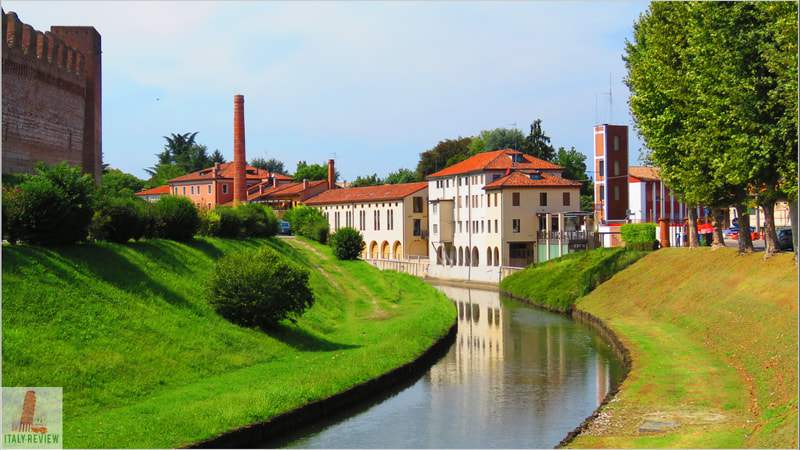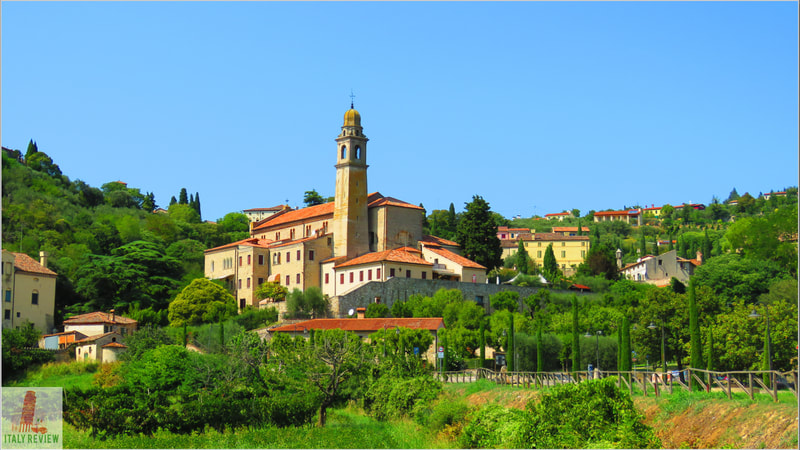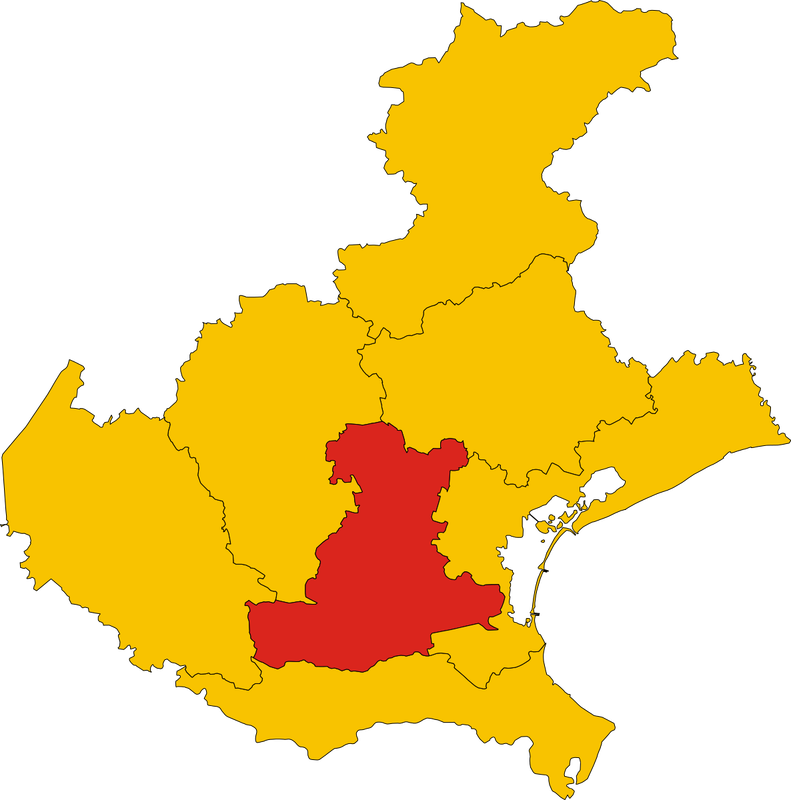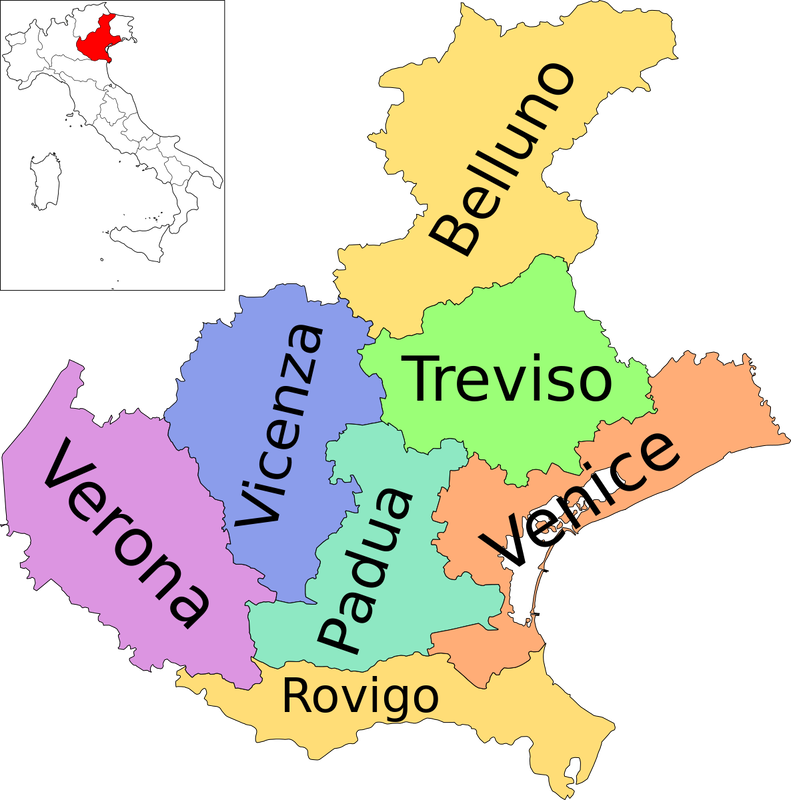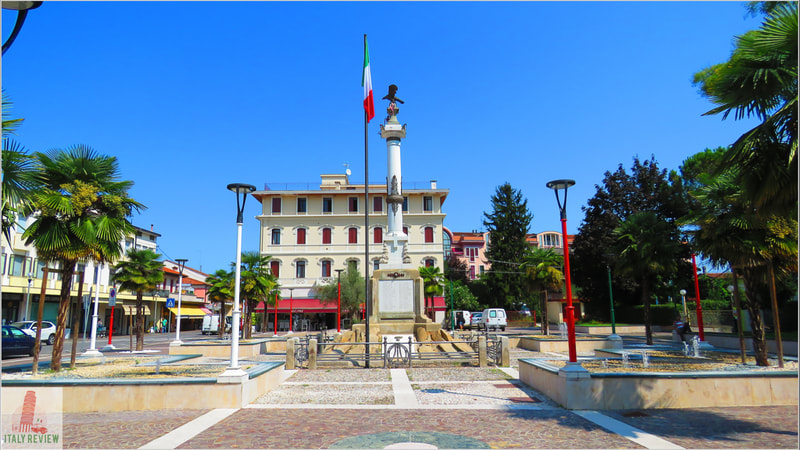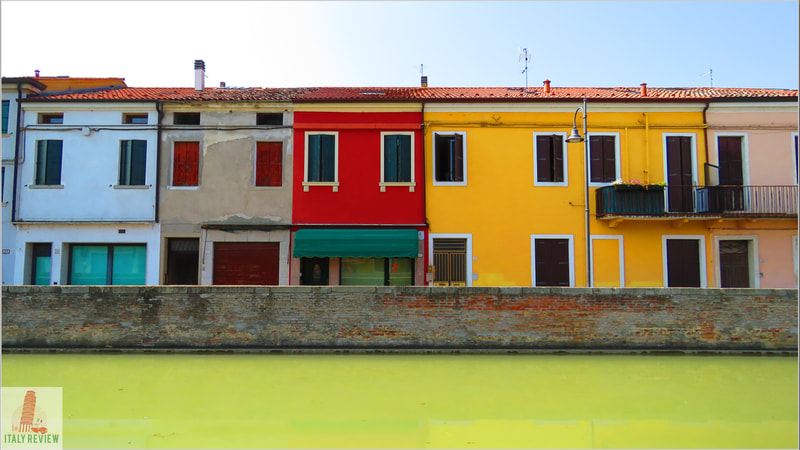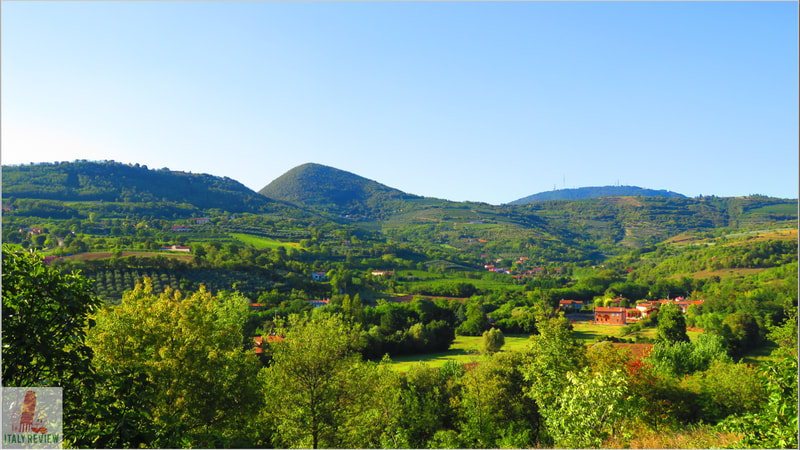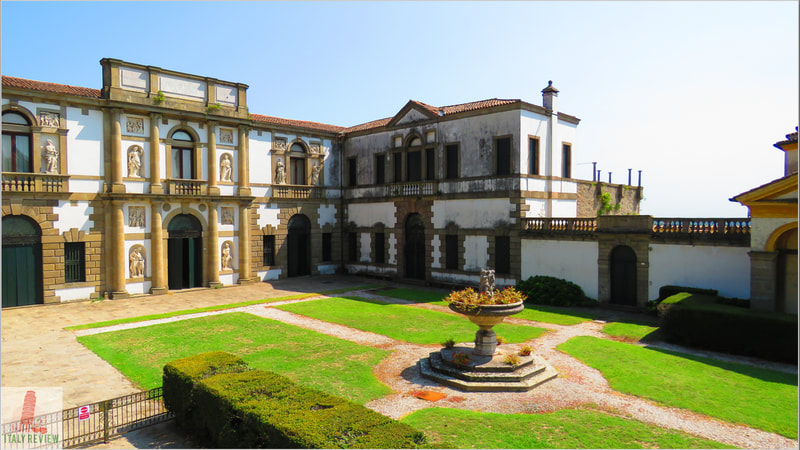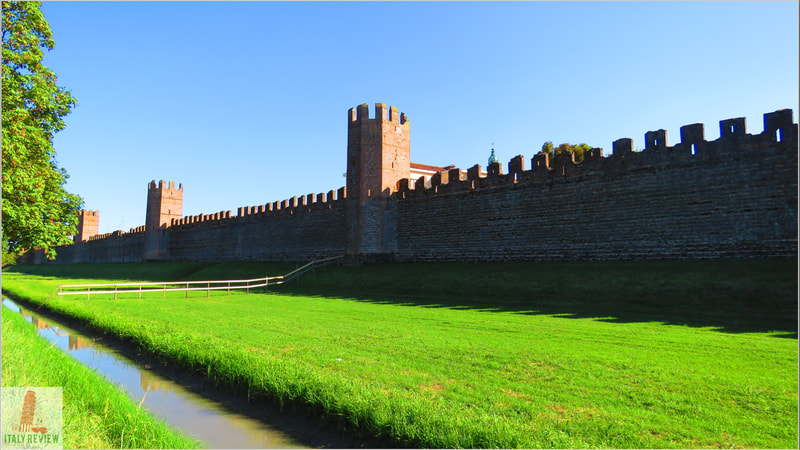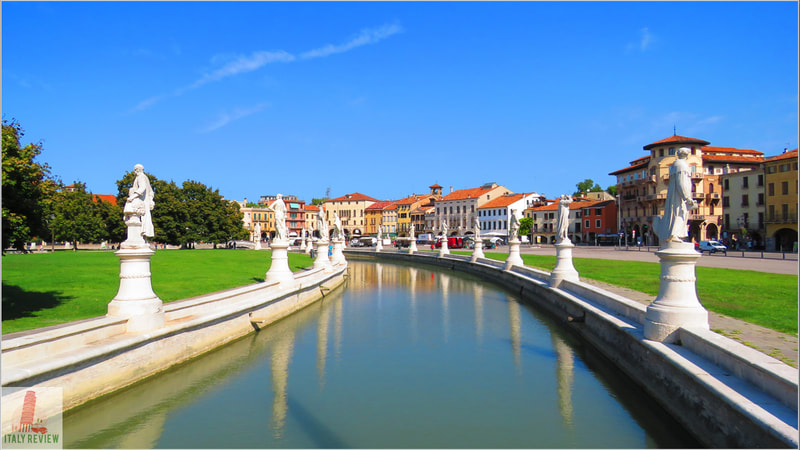Padua Province
|
By Dion Protani
|
Latest update: 23 January 2024
|
|
Containing 104 comunes (comuni) Padua Province has the city of Padua as its provincial capital.
It has a total population of 937,908 inhabitants and covers a total area of 2,144 km². Aside from Padova itself, some of the highlights of the province include Cittadella, Monselice and Euganean Hills Regional Park. |
Related links
Profile
Padua (Padova in Italian) is a province located in the Veneto region of northeastern Italy. It has a rich history that dates back to ancient times. The city of Padua itself is one of the oldest cities in Italy and was founded by the ancient Veneti people.
History
Over the centuries, Padua became an important center of culture, learning, and trade. It was a prominent Roman city and later a major medieval center, known for its university, which was established in 1222 and is one of the oldest in the world. Throughout its history, Padua has been influenced by various cultures and civilizations, making it a fascinating place to explore.
Highlights
- Padua City: The capital city of the province, Padua, is renowned for its beautiful historic center, impressive architecture, and cultural landmarks. Don't miss the Scrovegni Chapel, which houses stunning frescoes by Giotto, and the Basilica of Saint Anthony, an important pilgrimage site.
- University of Padua: The University of Padua is one of the oldest and most prestigious universities in Europe. Visitors can explore its historic buildings and learn about its influential role in education and research.
- Prato della Valle: This large elliptical square is one of the largest in Europe and is a popular gathering place for locals and tourists alike. It features a central island surrounded by a canal and is adorned with statues and greenery.
- Euganean Hills: Located near Padua, the Euganean Hills are a beautiful area of rolling hills and vineyards, ideal for hiking, biking, and wine tasting.
- Villa Pisani: Situated in Stra, just outside Padua, Villa Pisani is a magnificent 18th-century villa with extensive gardens, statues, and ornate interiors.
- Cittadella: This well-preserved medieval walled city is a short distance from Padua and offers a glimpse into the past with its imposing walls, towers, and narrow streets.
- Abano Terme and Montegrotto Terme: These two spa towns are famous for their thermal springs and wellness centers, providing opportunities for relaxation and rejuvenation.
- Venetian Villas: Padua Province is home to numerous beautiful Venetian villas, many of which are open to the public and offer insights into the region's history and architecture.
- Colli Berici: This hilly area is known for its picturesque landscapes, ancient villages, and vineyards producing excellent wines.
- Regional Cuisine: Padua is famous for its delicious regional cuisine, including dishes like risotto, bigoli (thick spaghetti), and a variety of dishes featuring the local radicchio.
Provincia di Padova

